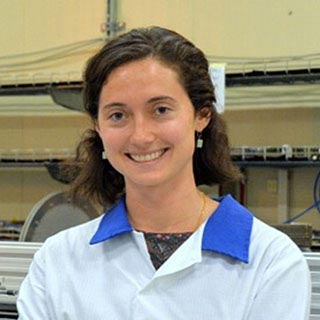Conversations on Shift
26 May 2010 | By

When the detector is running smoothly, neighbors in the ATLAS control room sometimes get conversational. A few days back I was on shift, quietly looking at plots on the monitor in front of me, trying to decide if one small sensor was misbehaving or not. “I have a question,” the shifter next to me said. I thought he was going to ask me why the temperature was high in one place in the system. Or, maybe, in his lyrical northern Italian intonation, offer me a coffee.
“Do you believe in supersymmetry?”
It is a difficult question. More surprisingly, it is one not often asked so directly by physicists, to physicists. I don’t have a ready answer to this question, so I paused before responding, trying to disentangle in my mind the difference between my admiration for the theory’s elegance and my uncertainty over its plausibility.
Before I could start answering, he continued, “because I don’t.” “Really?” I returned, trying to decide if I was surprised or not. “Really. I know most of the theorists believe in it, and they’re really smart… so I must be stupid, but I don’t believe in it.”
But the thing is – believing in supersymmetry, or believing in any new theory we are chasing at the LHC, has little to do with what we usually define as intelligence. It takes intelligence to invent a new theory that fits the current puzzle without introducing bigger problems. It takes intelligence – or, perhaps, stubbornness – to understand the new theories and how they fit into the existing model of particle physics. But believing in one theory or another, before any of them have been tested, touches much more the intuitive side than the logical one.
Given a handful of theories, all of which are consistent with the experiments we’ve done in the last hundred years, only the experiment we’re currently running can separate the abstractly possible from the true. Until we have enough data to test the predictions each theory has made, the reasons people often cite for liking a particular theory are more often artistic than scientific. “It is beautiful,” people will say, or, “it’s the simplest way to fix the problems we have with the current model.” Which may be true. But the laws of the universe don’t have to match up with our intelligence or our idea of simplicity.
Then again, they might. To me, that is perhaps the most incredible thing. I’m too young to have paid attention to any major discoveries in particle physics while they were happening, and the major components of the standard model were in place before I began to learn them. The idea that we might discover something new here is amazing. The idea that we might discover something that we have actually predicted, with crazy mathematical arguments and complete leaps of faith, is totally astounding. And rather awesome.




